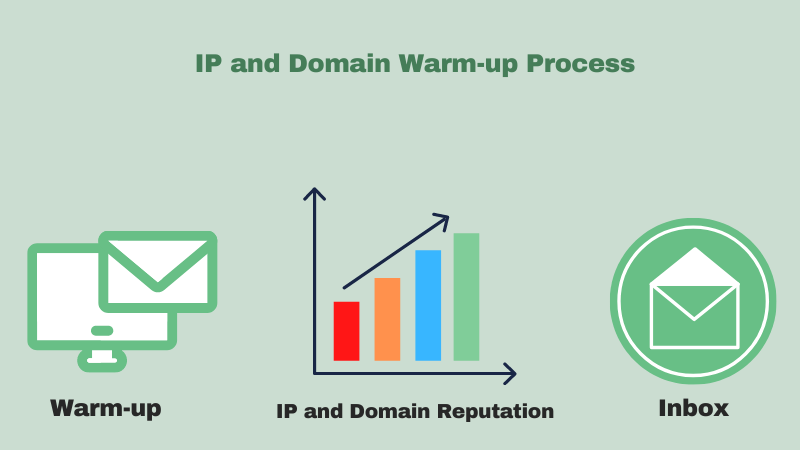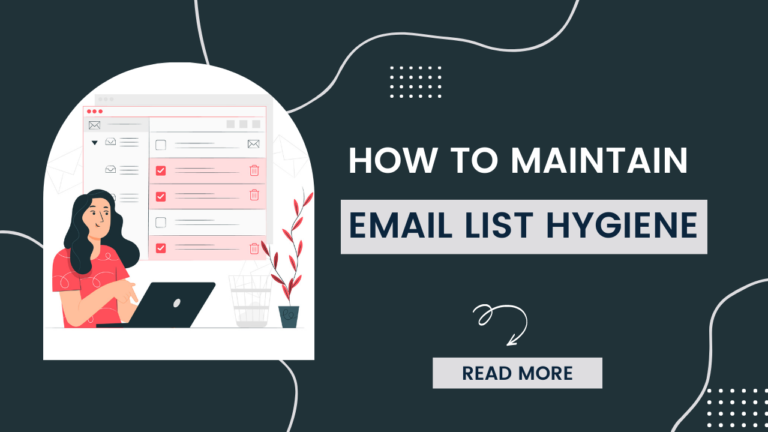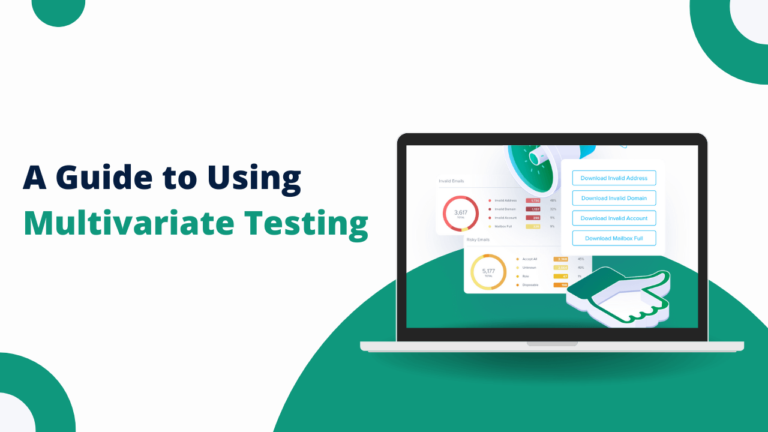What is IP address Warm-up?
IP warming or IP warm-up is an exercise in which email senders gradually increase the volume of emails sent using a particular IP address over time. Mainly, this technique is implemented with the purpose of improving the current reputation with internet service providers.
The reason this is required because ISP considers an unexpected increase in email volumes from IP addresses as spam. Generally, IP warm-up is frequently implemented in email marketing campaigns in which a single IP address is used for several clients and as we have mentioned before, these campaigns try to increase and improve the reputation of the sender of an IP address and improve the deliverability of emails.
What is Domain Warm-up?
Domain warm-up is the process of improving the current reputation with internet service providers. Just like an IP address, the domain is fresh and new to the ISP and has no historical data. Warming up a domain is crucial. Many ISPs are more domain focused rather than IP focused nowadays.
Like your reputation in real life, your email reputation can not be built in a single day. It takes time and efforts. If you have a list of more than 10,000 contacts or you have just created an account, it is essential that you follow a recommended procedure to prevent your emails from falling into the spam box and damaging your sender reputation.
How to Warm-up an IP address and Domain?
Learn how to warm up an IP address and domain by gradually increasing email sending volume, ensuring high engagement, and maintaining proper email hygiene
#Step 1: Authenticate your New IP Address
Make sure your new IP address has been verified against your Sender Policy Framework (SPF) and sender identification records. You must also sign with your DomainKeys identified email, as ISPs will generally link your sender reputation to your authentication records.
#Step 2: Create a Seed List
Include internal contacts like co-workers, friends, or family and send emails only to them for 1 week. Before sending to your subscriber.
#Step 3: Interaction
Send engaging content that subscribers will love. When they see your email they should open and click on an email.
#Step 4: Spam Messages
Your message content is essential. Don’t include spammy keywords or blacklisted links at the initial stage of the warm-up process.
#Step 5: Subscribe to Newsletters
Subscribe to the daily newsletter kind of blog. ISP check incoming and outgoing messages. When ISP notice from the IP that only outgoing mails are going there is a chance it may consider your IP as spam.
Try using Warmy your email will never land in the spam folder. Check out Warmy.io review.
IP Warm-up Plan
Generally, it is recommended to warm up a new IP address rather than a used one, as the reputation of an existing IP address can be more difficult to improve than that of a new one.
1. In the 1-2 weeks of the warm-up process, identify the subscribers who have opened or interacted with your emails in the last 30 days and send email only to them.
2. In the 3- 4 weeks, send emails to subscribers who have opened or interacted with your emails in the last 60 days.
3. In the 5- 6 weeks, send emails to subscribers who have opened or interacted with your emails in the last 90 days.
4. Send small volumes of emails in the beginning (starting at 10-20 per day) and then gradually increase them by 10-20% daily.
Suppose if you have 10000 subscribers. This IP warm-up 30 days plan to help you to send emails gradually and improving the sender’s reputation with internet service providers.
| Day | Emails per day | Increment |
| 1 | 36 | 0 |
| 2 | 44 | 8 |
| 3 | 54 | 9 |
| 4 | 65 | 11 |
| 5 | 79 | 14 |
| 6 | 96 | 17 |
| 7 | 116 | 20 |
| 8 | 141 | 25 |
| 9 | 171 | 30 |
| 10 | 208 | 37 |
| 11 | 252 | 44 |
| 12 | 306 | 54 |
| 13 | 372 | 65 |
| 14 | 451 | 79 |
| 15 | 548 | 96 |
| 16 | 665 | 117 |
| 17 | 807 | 142 |
| 18 | 979 | 172 |
| 19 | 1188 | 209 |
| 20 | 1442 | 254 |
| 21 | 1750 | 308 |
| 22 | 2124 | 374 |
| 23 | 2578 | 454 |
| 24 | 3129 | 551 |
| 25 | 3798 | 669 |
| 26 | 4609 | 811 |
| 27 | 5594 | 985 |
| 28 | 6789 | 1195 |
| 29 | 8240 | 1451 |
| 30 | 10000 | 1760 |
IP Warm-up Scheduler
Use a free tool called IP Warming Scheduler. This is an IP warming up the calculator, based on your requirement it provides approx. the number of emails you can send per day and how much percentage has to increase gradually.
Factor to consider during the warm-up process:
-
IP and Domain Infrastructure
Check that the infrastructure and authentication pieces are in order before launching the campaign. This means updating DNS records, passing SPF, signing with DKIM, and protecting systems.
-
Analyze Each Campaign
Monitor your campaign metrics in great detail each warm-up day and adjust the email sent volume as necessary if you see problems arising.
-
Good to Know
If your account is on Gmail, Yahoo, Yandex, Outlook, Hotmail, or another well-known domain, it’s much easier to predict the time frame to warm-up. With a company domain (info[at]domain.com) the process can take up to 6 months.
-
Identify the Appropriate Email Addresses
You must send emails to subscribers who have previously agreed to receive your emails. Subscribers are typically the ones who must have chosen to hear from you and be the kind of recipients who are willing to open and interact with your content.
-
Avoid Inactive Recipients
It is important that you clean your subscriber list periodically. Recipients who have not opened or interacted with your emails in the last 12 months should be treated as inactive. These email addresses could become spam traps and every email you send them in the future could damage your reputation profile.
Negative factors that can damage your reputation profile:
- A high rate of complaints
- A high bounce rate (outdated or low-quality lists)
- Low level of engagement
- Campaigns too frequent (follow your provider’s guidelines)
- A sharp increase in the number of emails sent
What all things you can expect during the IP Warm-up process?
The steps mentioned above are a great way to get started with IP Warming. However, there are items to look forward to, even when the process runs smoothly. These elements can include:
- Deliverability issues during the first few weeks as your IP reputation improves.
- Mailbox providers that send a portion of your emails directly to SPAM folders to see if recipients are willing to label them as “not SPAM”.
- Slow warm-ups if your emails are sent weekly instead of daily.
- The warming is taking longer than expected due to the largest email service providers such as Gmail, Outlook, and AOL.
Being able to reach the right audience is essential to the success of any email marketing campaign. Consequently, IP and domain warming has become a necessity for companies that want to remain competitive in their respective industries through email promotions.
It is important to remember that IP warm-up is an ongoing process and that companies should constantly monitor subscriber activity going forward to eliminate inactive users or spam traps that may damage their IP reputation profile.
Likewise, a proactive approach should be taken to ensure the maintenance of a good reputation, as it could have a long-term impact on your ability to reach your audience. In short, the reputation of your sender profile depends on you and the time and effort you are willing to put into improving or maintaining it.







